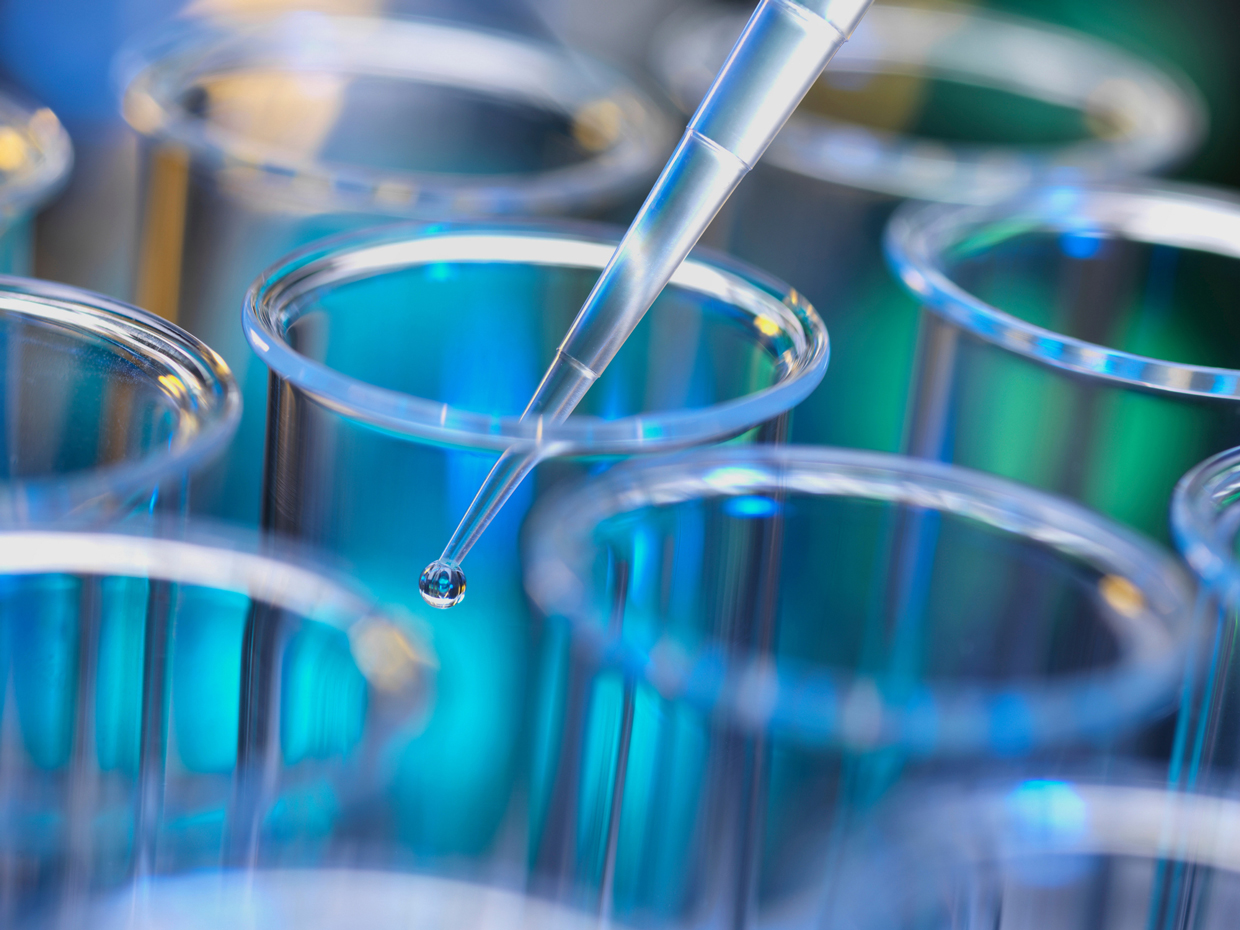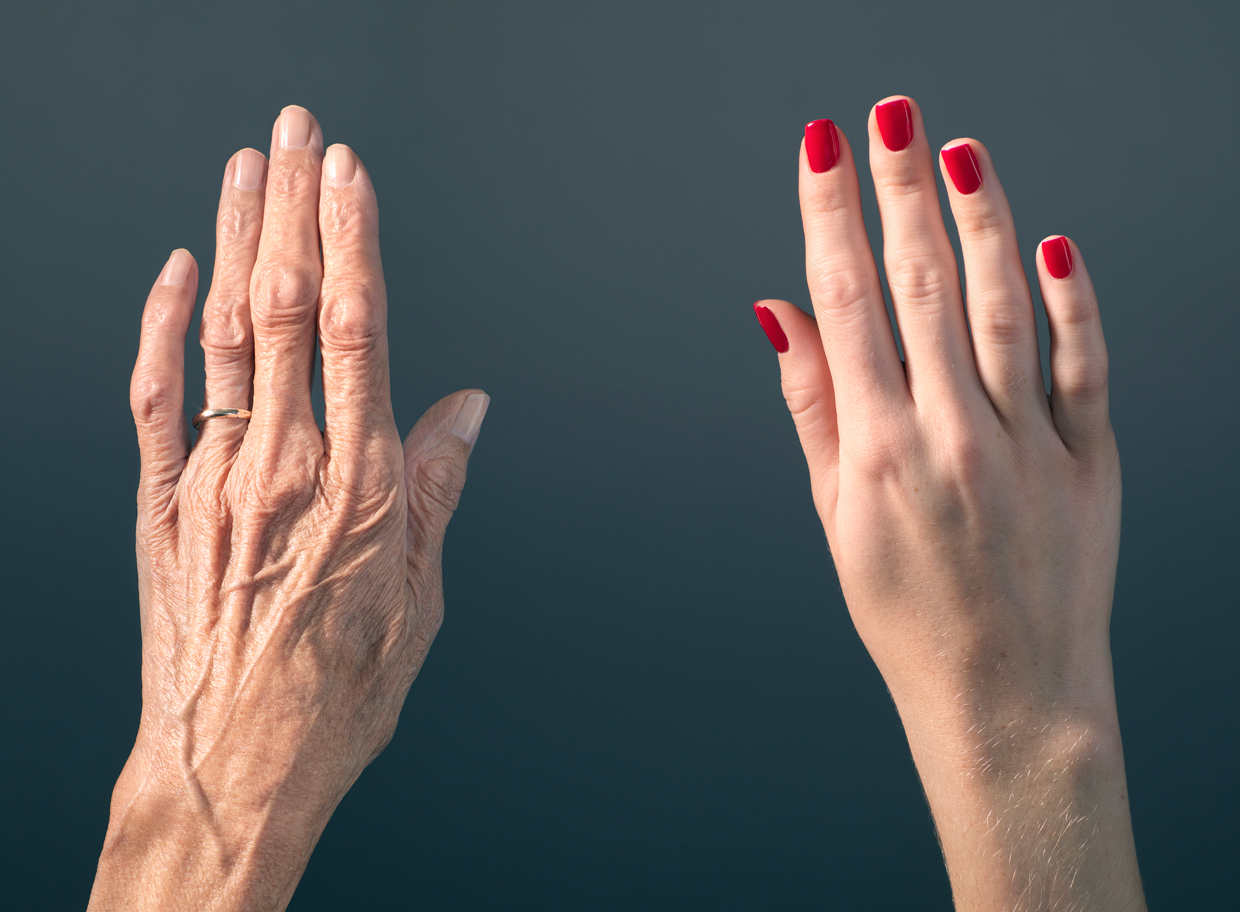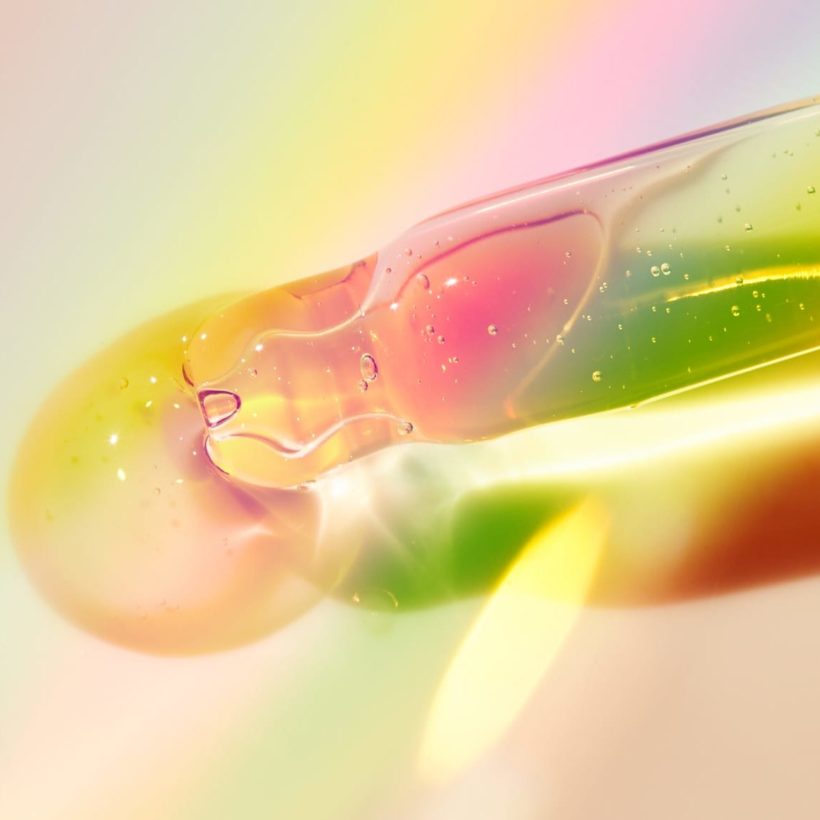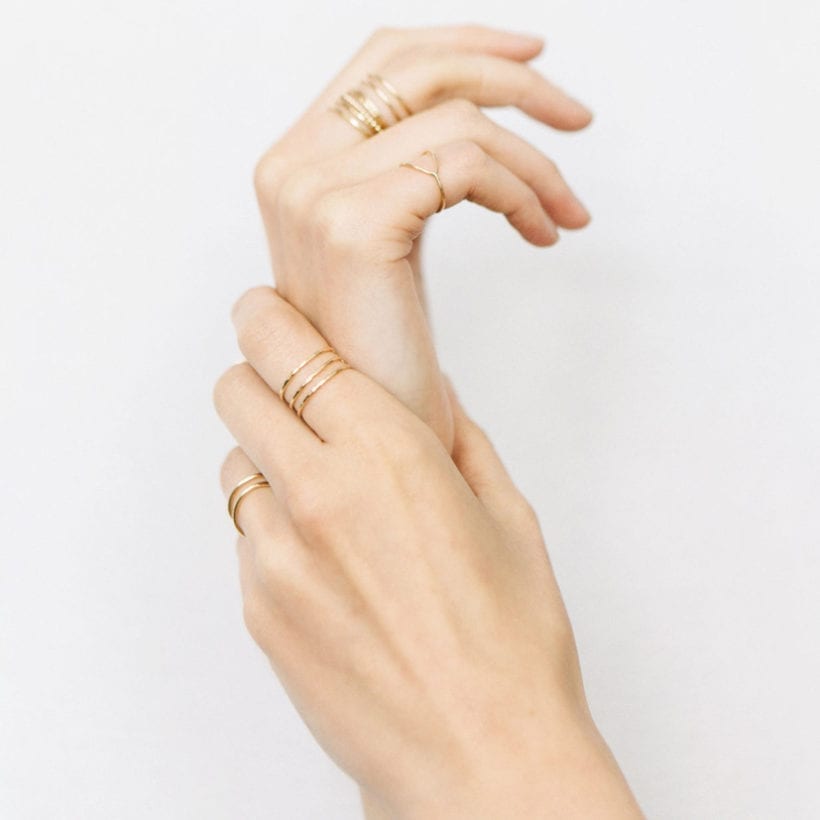Mitochondria is becoming a big buzzword in the beauty world lately. This critical part of every cell in our body — which you may remember studying in 9th grade biology — has become the focus of research into how skin ages and whether the damage associated with aging can be reversed. This science is in the very early stages, but we thought it would be fun to do a little deep dive into how this thing we learned in grade school science could shape your future.
Meet the Experts
Mark Birch-Machin, Ph.D. is a professor in molecular dermatology at Newcastle University in Great Britain.
What Are Mitochondria?
Mitochondria are organelles — subsections of a cell— that are responsible for supplying the cell with energy and are also responsible for cell death. “Mitochondria are the powerhouse of the cell,” says Mark Birch-Machin, Ph.D., professor in molecular dermatology at Newcastle University in Great Britain. “They make the bioenergy in all cells of the body except red blood cells.”
Mitochondria are the powerhouse of the cell.
What Do Mitochondria Have to Do with Our Skin?
Just as in other kinds of cells, the mitochondria in our skin cells “make the bioenergy to counter the fatigue that increases as we get older,” says Birch-Machin. Researchers in the field of molecular dermatology have created something called “the mitochondrial theory of aging, which requires more research,” says Birch-Machin, but the thinking is that “we age because energy declines and free radicals increase.”
Free radicals are a naturally-occurring phenomenon in our body. Still, when they over-produce, they create oxidative stress in cells and tissues, which can increase disease risk and cause other damage as we age. “Mitochondria produce energy and free radicals,” says Birch-Machin, which makes them a critical target for scientists investigating how our skin ages and whether there are medical approaches that could slow or reverse that aging.

There is another way mitochondria play a role in skin aging. Birch-Machin’s group has “pioneered research showing — for the first time — that exposure to ultraviolet (UV) light increases mitochondrial DNA damage.” Since the researchers know that aging skin has higher levels of mitochondria with damaged DNA, they can use that damage to assess how UV exposure correlates with aging skin. “Mitochondria are like a diary of sun exposure,” says Birch-Machin. Scientists can read that diary to understand the relationship between UV light and skin damage.
Could Treatments for Aging Skin Target the Mitochondria?
That’s exactly what Birch-Machin’s team, and other researchers, are looking into. “Mitochondria produce 90% of the oxidative stress in a cell,” says Birch-Machin, “so we are working on antioxidants that target the mitochondria to mop up the oxidative stress.” What they find may have applications in helping to reduce oxidative stress and damage in other cells beyond the skin.
Does this mean there could soon be anti-aging treatments on pharmacy shelves that target our mitochondria?
It will likely be a while before we consult dermatologists or pharmacists about mitochondria-focused treatments developed from gold-standard, peer-reviewed science. No such studies have been conducted on living humans yet. Right now, Birch-Machin’s team is doing their work on human skin cells grown in a lab, biopsied skin, as well as 3D models of cells that act in the same way that skin cells do.

But they are working on something you may hear about sooner. “We are about to launch a company from our university called Skin Life Analytics,” says Birch-Machin, “which allows our mitochondrial research in aging skin to be offered to assess damage in people’s skin using ordinary skin swab test.” That same technology can also be used to assess the effectiveness of interventions they and others have developed.
We only recommend products we have independently researched, tested, and loved. If you purchase a product found through our links, Sunday Edit may earn an affiliate commission.







